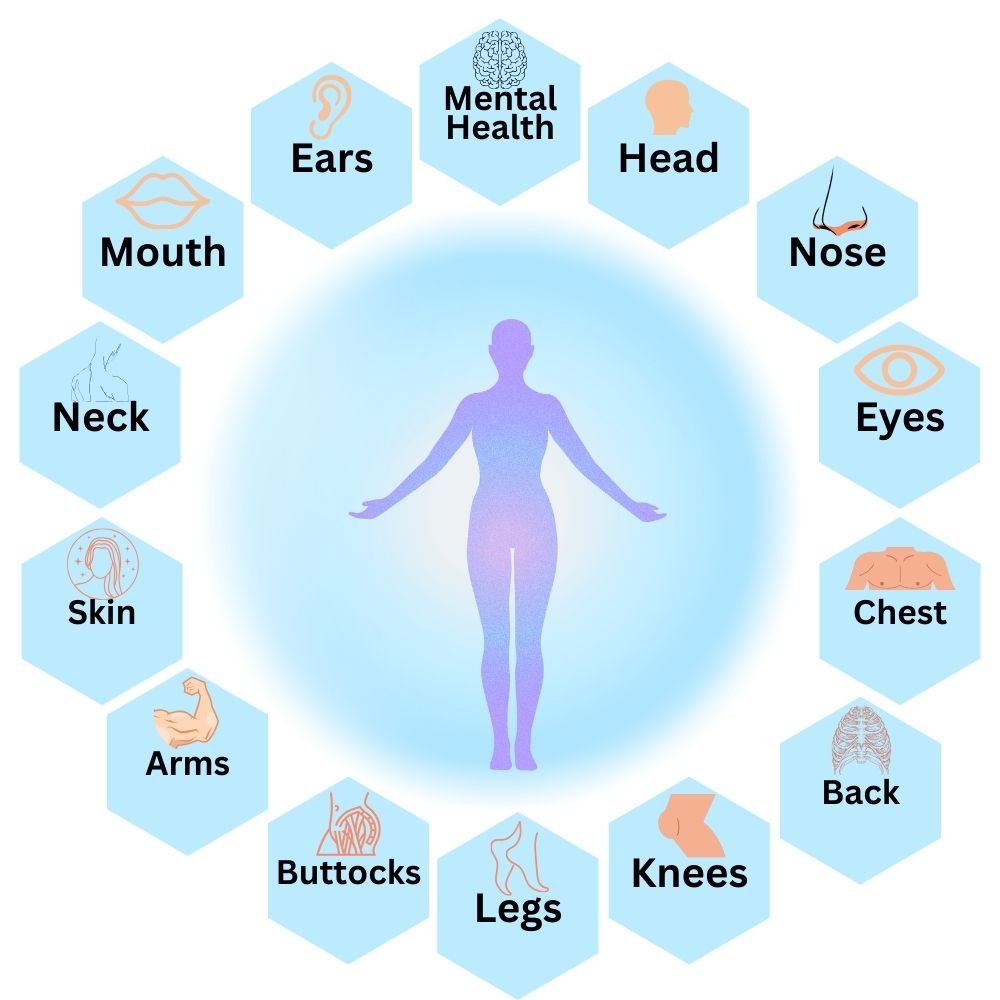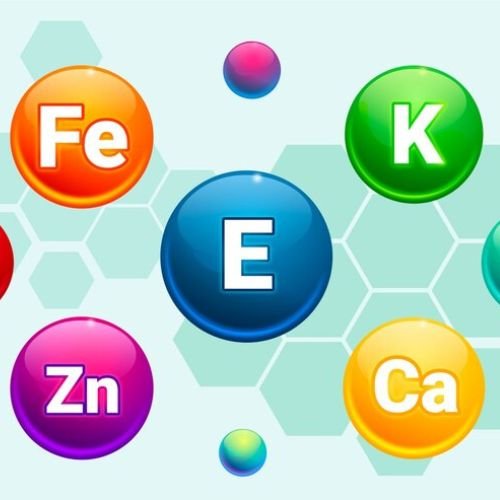Maintaining a balanced diet is essential for overall health and well-being. A balanced diet provides the body with the necessary nutrients, vitamins, and minerals it needs to function optimally. It involves consuming a variety of foods from different food groups in appropriate proportions to support proper growth, development, and maintenance of bodily functions.
Balanced Diet Chart: इस ब्लॉग पोस्ट में, हम संतुलित आहार के महत्व और आपकी व्यक्तिगत आवश्यकताओं के अनुरूप एक वैयक्तिकृत संतुलित आहार चार्ट कैसे बनाएं, इस पर चर्चा करेंगे। संतुलित आहार के प्रमुख घटकों को समझने से लेकर भोजन योजना और सावधानीपूर्वक खाने के व्यावहारिक सुझावों तक, यह व्यापक मार्गदर्शिका पाठकों को पौष्टिक भोजन विकल्पों के माध्यम से अपने स्वास्थ्य और कल्याण की जिम्मेदारी लेने के लिए सशक्त बनाती है। चाहे आप ऊर्जा के स्तर को बढ़ावा देने, समग्र स्वास्थ्य में सुधार करने, या वजन प्रबंधन लक्ष्यों को प्राप्त करने का लक्ष्य रख रहे हों, यह ब्लॉग आपको जीवन शक्ति और इष्टतम पोषण की ओर यात्रा शुरू करने के लिए ज्ञान और उपकरणों से लैस करता है।










